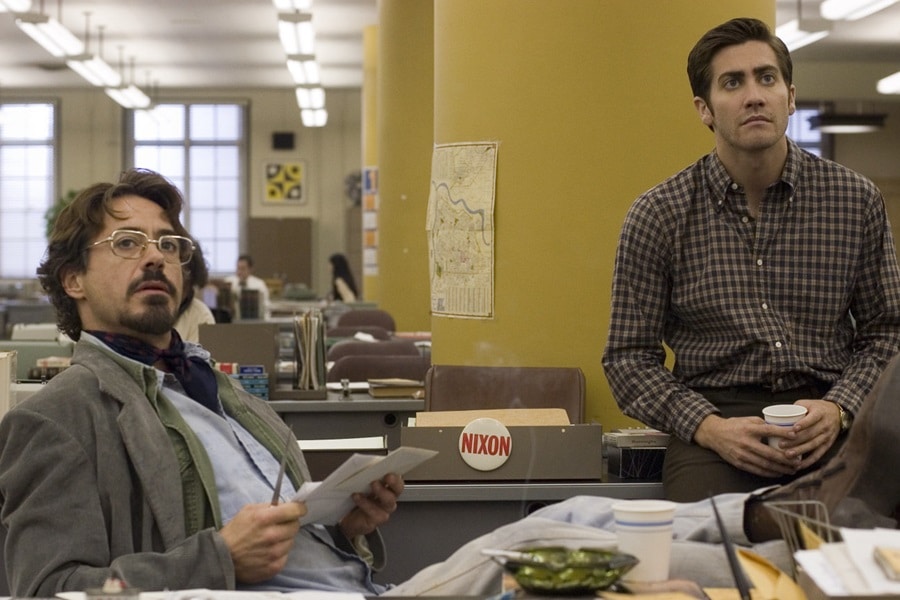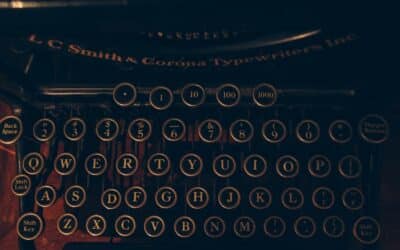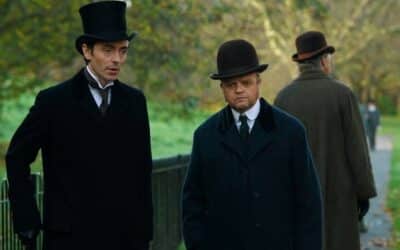
Subtext in Suspense Scripts
What’s left unsaid often matters more than what’s in plain sight. Whether on the page or on the screen, the art of subtext—the layers of meaning beneath the surface of dialogue and action—keeps audiences leaning forward, hearts racing, eyes scanning for clues. In suspense scripts, subtext transforms ordinary scenes into tension-filled moments where every word, gesture, and glance brims with hidden implications.
The best suspense scripts don’t just lay out facts. They make us feel the tension, the danger, the deceit, even when the characters say otherwise. It’s the subtle currents below the narrative that keep us guessing, adding layers of complexity and emotional depth to the simplest of scenes. But how does subtext actually function in the scripts that fuel the best thrillers? Let’s break it down by looking at how filmmakers masterfully play with what’s not being said.
The Power of What’s Left Unsaid
In thrillers, dialogue is rarely direct. The stakes are too high, the characters too wary. Take Gone Girl, for example. In one of the most chilling scenes, Amy (played by Rosamund Pike) sits opposite Nick (Ben Affleck) after he discovers her meticulously staged disappearance was all a ploy. Nick’s words are carefully chosen—he’s trying to remain calm, but his eyes betray his fear. Amy smiles sweetly, deflecting every accusation. The subtext is thick. Neither says what they really mean, but their gestures, pauses, and gazes tell us everything: Nick knows he’s trapped, and Amy knows she’s won. The actual words? Almost irrelevant.
This delicate dance between what’s spoken and what’s implied makes us, the audience, complicit. We become detectives, decoding body language, searching for contradictions, trying to piece together the real story hidden beneath polite exchanges. It’s that unspoken tension—the lies beneath smiles, the fury behind pleasantries—that keeps us on edge.
Suspense in the Gaps: Action Speaks Louder
If thrillers are good at one thing, it’s using silence to build dread. In Silence of the Lambs, when Clarice Starling (Jodie Foster) first meets Hannibal Lecter (Anthony Hopkins), their conversation seems civil on the surface, but the subtext drips with menace. Lecter, with his calm, precise words, never directly threatens Clarice, but his intense gaze, the way he studies her every move, implies something far more sinister than his polite demeanor suggests.
It’s a masterclass in subtext: Hannibal doesn’t have to say he’s dangerous. His eerie stillness, the pregnant pauses in their conversation, and his cryptic remarks—”A census taker once tried to test me”—communicate his violent nature without the need for explicit statements. We, the audience, know immediately that Hannibal’s interest in Clarice is both intellectual and predatory, even as he talks of finer things like art and cuisine.
Subtext in Body Language: The Thriller’s Secret Weapon
Screenwriters in the thriller genre know that words are only half the story. Subtext often lives in how characters act around each other, and the thrill comes when characters say one thing but their body language screams the opposite. In Zodiac, a thriller about the real-life search for the Zodiac killer, subtext transforms seemingly mundane scenes into nail-biting tension.
There’s a moment when journalist Robert Graysmith (Jake Gyllenhaal) meets a suspect in a basement. The two talk casually, but Graysmith’s posture becomes stiffer, his eyes darting around the room. The suspect, too, stays calm, but his overly friendly tone seems off. The scene doesn’t have an explicit threat—no one says “I’m going to hurt you”—but the subtext makes it feel as though violence is inevitable. Every sound, every hesitation in the conversation pulls the tension tighter, making us believe that Graysmith might not walk out alive.
In scenes like this, the audience is clued into a secondary conversation, one taking place through glances, physical tension, and subtle shifts in tone. While the characters may appear to be engaging in casual pleasantries, the viewer knows there’s something dark lurking just beneath the surface.
Misleading the Audience
Suspense thrives on misdirection, and subtext is the perfect tool for manipulating audience expectations. A hallmark of great thrillers is making us believe we’re on solid ground, only to yank it away at the last second.
Think of Prisoners, where Detective Loki (Jake Gyllenhaal) interviews suspect Alex (Paul Dano) about the disappearance of two young girls. Alex says little, but every twitch of his fingers, every stammer suggests guilt. Subtext clues us in to his discomfort, making us feel like he’s hiding something horrific. Yet, as the film unfolds, we realize that we’ve been misled by our own assumptions about subtext—the real danger was somewhere else entirely. It’s a classic suspense trick: use subtext to plant false clues while keeping the truth just out of reach.
Trusting the Audience
Subtext demands that screenwriters trust their audience to pick up on subtle signals. In No Country for Old Men, the now-infamous coin toss scene between Anton Chigurh (Javier Bardem) and the gas station attendant is loaded with subtext. Chigurh’s calm demeanor contrasts sharply with the palpable fear emanating from the attendant, who doesn’t understand the rules of the game Chigurh is playing.
What’s at stake isn’t explicitly stated—it’s hidden beneath the tension of their interaction. Chigurh never says, “I might kill you,” but his presence, the deliberate way he flips the coin, and his unblinking stare all convey that death is a very real possibility. The audience feels the threat even if the words don’t directly express it.
Mastering Subtext for Suspense
At its core, subtext in thriller and mystery screenwriting is about controlling the flow of information, giving just enough to keep viewers engaged while hiding the full picture until the perfect moment. It’s the wink behind the lie, the menace in the smile, the implication that what’s really at stake is far darker than anyone is willing to admit.
The best thrillers know that tension comes not from explosions or car chases, but from the slow, deliberate unraveling of what’s not being said. Master that, and you’ve got your audience exactly where you want them: heart pounding, eyes wide, waiting for the truth that lingers, always just out of reach.
Similar Features
On the Hunt for a Mystery
How to Select Your Next Mystery Book
Querying a Mystery
How to Write a Query Letter That Won’t Get You Ghosted
Crafting the Character
Creating Characters as Mysterious as Your Plot



